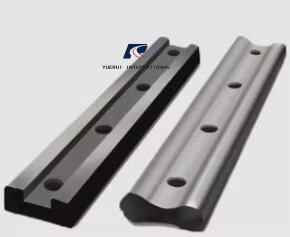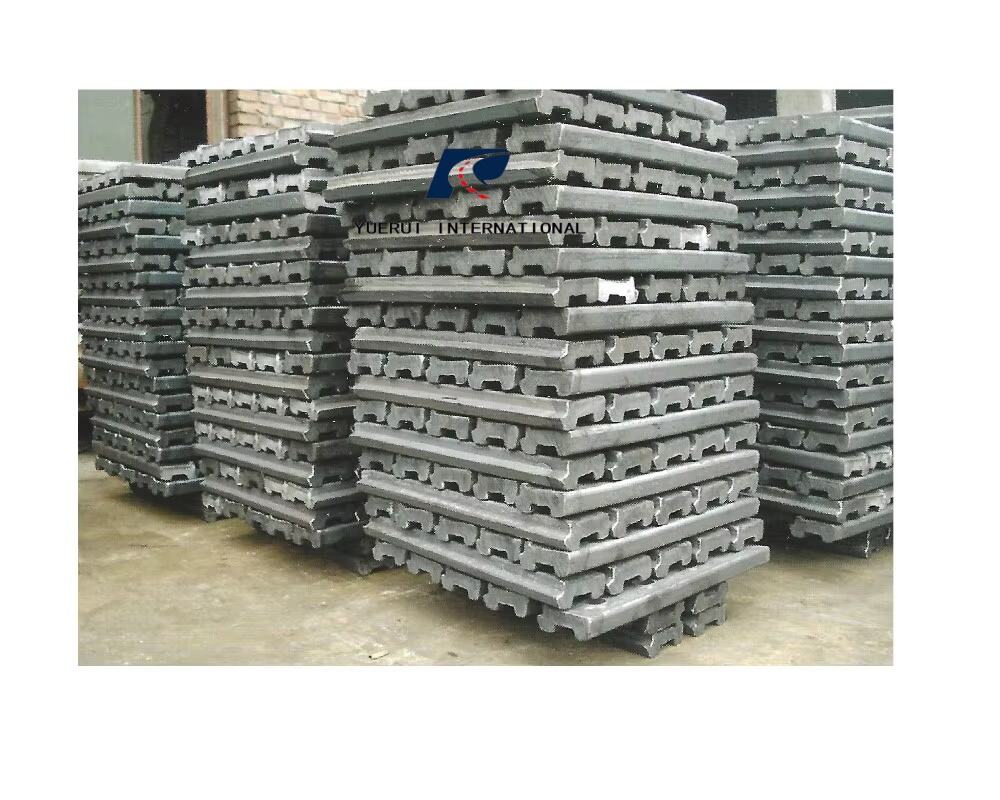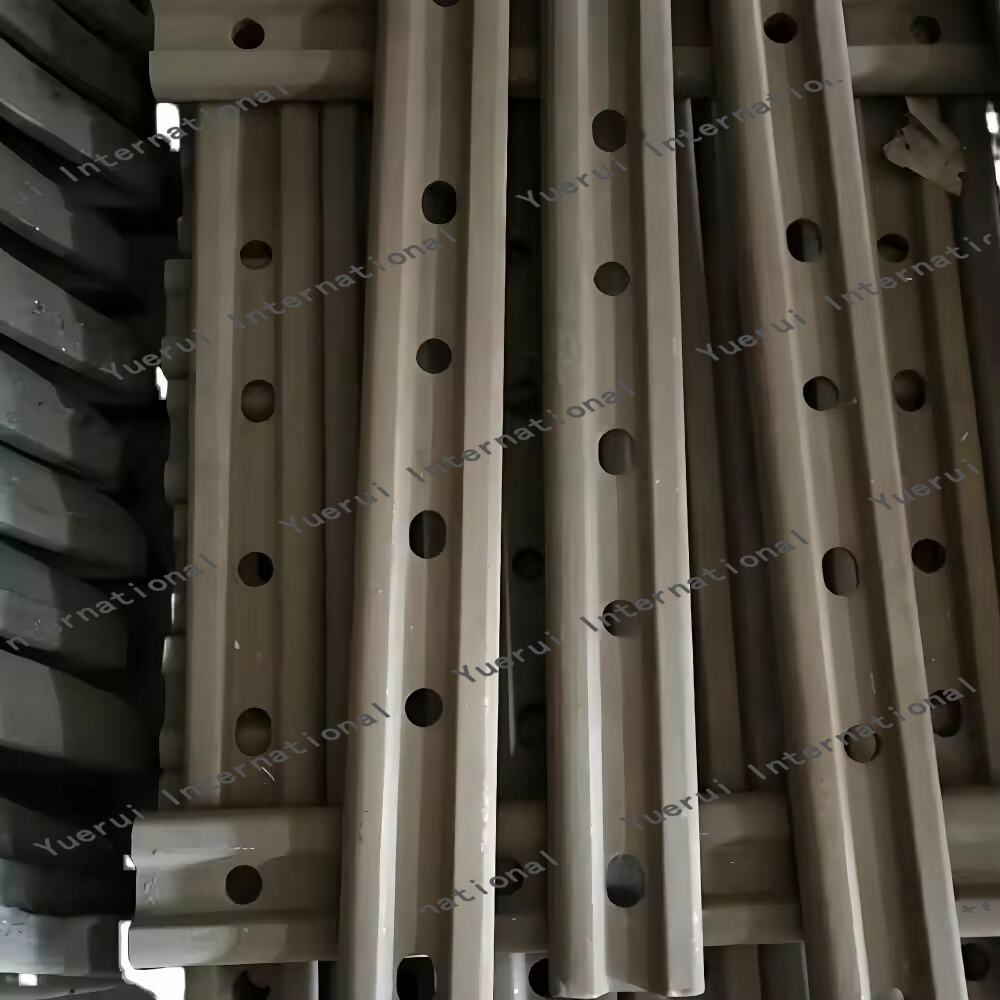fish plate in railway track
A fish plate is a crucial component in railway track construction that serves as a mechanical coupling device between two adjacent rails. This essential track fitting consists of a pair of metal plates bolted together on either side of the rail ends, creating a robust joint that maintains track continuity and alignment. The design typically incorporates four or six bolt holes that allow for secure fastening while accommodating thermal expansion and contraction of the rails. Fish plates are engineered with specific dimensions and profiles that match the rail section, ensuring perfect fit and optimal performance. They transfer loads between rail ends effectively, maintaining smooth train passage and preventing vertical displacement. The plates feature a carefully calculated thickness and length to distribute stresses evenly and minimize the impact of dynamic loads. Modern fish plates are manufactured from high-grade steel that undergoes stringent quality control processes to ensure durability and resistance to wear and tear. The surface treatment often includes protective coatings to prevent corrosion and extend service life. These components play a vital role in track maintenance and safety, requiring regular inspection and occasional replacement to maintain track integrity. The installation process involves precise alignment and torque specifications to ensure proper functioning and prevent track failures.


